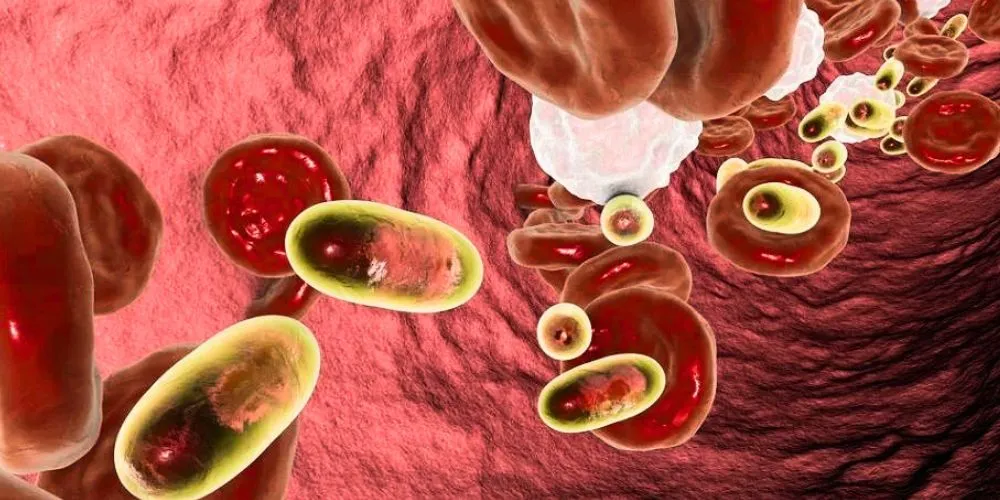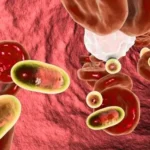In the frontier of medical advancements, nanoscale drug delivery has emerged as a transformative approach, offering precision and efficiency in the targeted delivery of therapeutic agents. This article delves into the expansive realm of nanoscale drug delivery, unveiling its significance, tracking the evolution of key technologies, examining its impact on various medical fields, and envisioning its transformative possibilities for healthcare.
The Significance of Nanoscale Drug Delivery
Nanoscale drug delivery is not merely a refinement of drug administration; it represents a revolutionary leap in the way therapeutic agents are transported and released within the body. At the nanoscale, drug delivery systems can be tailored for specific targets, enhancing efficacy while minimizing side effects and opening new avenues for treatment in various medical conditions.
Precision Targeting and Enhanced Efficacy
The significance of nanoscale drug delivery lies in its ability to target specific cells, tissues, or organs precisely. Nanocarriers, such as nanoparticles and liposomes, can be engineered to carry therapeutic payloads directly to the site of action, maximizing drug efficacy while minimizing damage to healthy tissues.
Overcoming Biological Barriers
Nanoscale drug delivery systems address challenges related to biological barriers, such as the blood-brain barrier, which restricts the passage of many drugs into the brain. Nanocarriers can traverse these barriers, enabling the delivery of therapeutic agents to previously inaccessible regions and expanding the scope of treatments for neurological disorders and other conditions.
Personalized Medicine and Tailored Treatments
It allows personalized medicine by tailoring treatments to individual patient characteristics. The size, shape, and surface properties of nanocarriers can be customized to accommodate each patient’s specific needs, leading to more effective and personalized therapeutic interventions.
Evolution of Key Technologies in Nanoscale Drug Delivery
The journey of nanoscale drug delivery is intricately woven with technological advancements that continually redefine the landscape of targeted drug administration.
Liposomes and Nanoparticles
Liposomes and nanoparticles serve as versatile carriers in nanoscale drug delivery. These structures can encapsulate a wide range of drugs, protecting them from degradation and allowing for controlled release at the target site. Liposomal formulations, for example, have been employed in cancer therapy to improve drug delivery to tumor cells.
Polymer-Based Drug Delivery Systems
Polymer-based drug delivery systems offer tunable properties for controlled drug release. Biodegradable polymers can be designed to degrade gradually, releasing the drug payload over an extended period and ensuring sustained therapeutic concentrations while minimizing side effects.
Nanotechnology-enabled Drug Conjugates
Nanotechnology-enabled drug conjugates attach drugs directly to nanocarriers or use nanomaterials as drug carriers. This approach enhances drug stability, solubility, and bioavailability, enabling the delivery of a diverse range of therapeutic agents, including small molecules, peptides, and nucleic acids.
Impact on Various Medical Fields
Nanoscale drug delivery extends its influence beyond drug development, reshaping various medical fields and redefining how treatments are administered.
Oncology and Targeted Cancer Therapy
In oncology, nanoscale drug delivery has revolutionized targeted cancer therapy. Nanocarriers can selectively accumulate in tumor tissues through enhanced permeability and retention (EPR) effects, allowing for precise drug delivery to cancer cells while minimizing systemic toxicity.
Neurology and Central Nervous System Disorders
Nanoscale drug delivery holds promise in treating central nervous system disorders. By overcoming the blood-brain barrier, nanocarriers can deliver therapeutic agents to the brain, opening new avenues for treating neurodegenerative diseases, brain tumors, and other neurological conditions.
Infectious Diseases and Antimicrobial Therapy
It advances antimicrobial therapy by enhancing the targeted delivery of antibiotics and antiviral agents. This approach may address challenges such as drug resistance and improve the efficacy of treatments for infectious diseases.
Transformative Potential and Future Outlook
The trajectory of nanoscale drug delivery points towards a future filled with continued innovation, integration, and unprecedented possibilities.
Theranostics and Multifunctional Nanocarriers
The integration of theranostics, combining therapy and diagnostics, is poised to redefine nanoscale drug delivery. Multifunctional nanocarriers can carry both therapeutic and imaging agents, allowing for real-time monitoring of treatment response and personalized adjustments to therapeutic regimens.
Immunotherapy and Nanoparticle Vaccines
Nanoscale drug delivery contributes to the development of nanoparticle vaccines and immunotherapeutic strategies. Nanocarriers can enhance the delivery of antigens, adjuvants, or immune modulators, optimizing the immune response and advancing the field of personalized immunotherapy.
Regulatory Guidelines and Standardization
As nanoscale drug delivery continues to evolve, establishing regulatory guidelines and standardization becomes crucial. Developing clear frameworks for assessing, approving, and monitoring nanomedicines ensures their safe and effective integration into clinical practice.
Conclusion
Nanoscale drug delivery has evolved from a concept to a transformative force with far-reaching implications for the future of healthcare. As we navigate the realm of targeted therapeutics, the significance of nanoscale drug delivery is both promising and profound. With continued research, technological advancements, and a commitment to personalized and precise medicine, nanoscale drug delivery will remain a driving force in reshaping how we administer treatments, unlocking new possibilities, and redefining the future of medical interventions.










